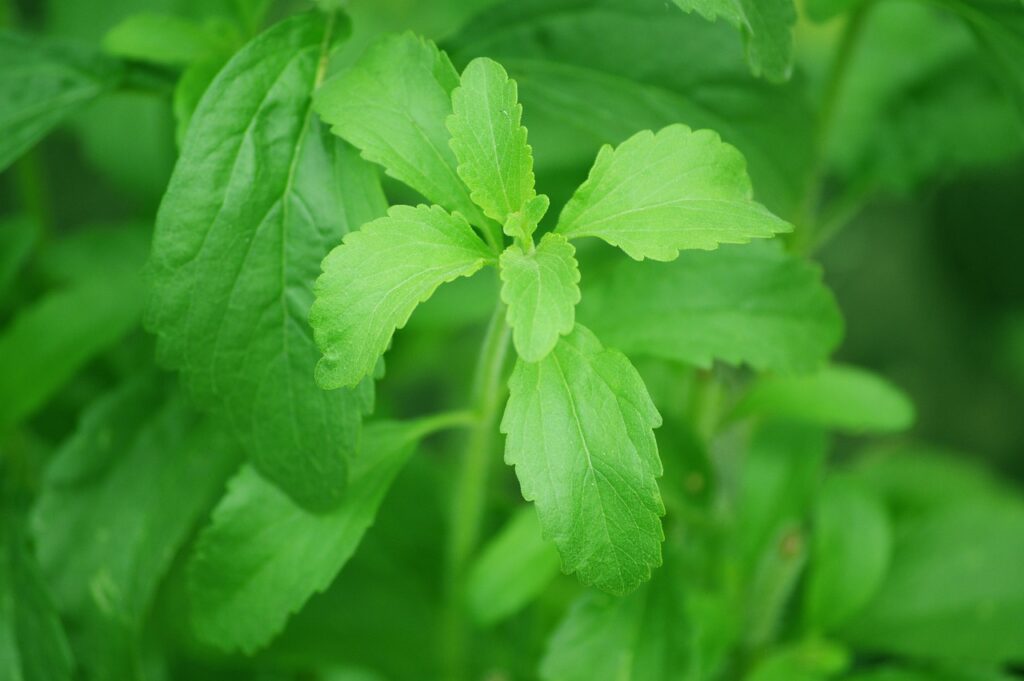
| Understanding The Differences: Monk Fruit Vs Stevia | |
| Monk fruit and stevia are two popular natural sweeteners that have gained significant attention in recent years. While both are considered healthier alternatives to traditional sugar, they have distinct differences worth noting. Monk fruit, also known as luo han guo, is a small green gourd native to Southeast Asia. It contains natural compounds called mogrosides, which provide the intense sweetness without adding calories or spiking blood sugar levels. | |
| On the other hand, stevia is derived from the leaves of the Stevia rebaudiana plant and contains compounds known as steviol glycosides. These compounds offer a similar level of sweetness but with zero calories. In terms of taste, monk fruit has a slightly fruity flavor with hints of caramel, while stevia can sometimes have a bitter aftertaste. | |
Nutritional Profile: Comparing Monk Fruit And Stevia | |
| When it comes to choosing a natural sweetener, understanding the nutritional profiles of options like monk fruit and stevia is crucial. Both monk fruit and stevia are popular choices for those seeking to reduce their sugar intake without sacrificing sweetness. Monk fruit, also known as luo han guo, is a small green melon-like fruit native to Southeast Asia. It contains natural compounds called mogrosides, which provide its intense sweetness without adding calories or raising blood sugar levels. | |
| Monk fruit extract is typically combined with other ingredients to create a powdered or liquid sweetener. On the other hand, stevia is derived from the leaves of the Stevia rebaudiana plant, native to South America. Its sweetness comes from naturally occurring compounds called steviol glycosides. Stevia extracts are available in both powdered and liquid forms. | |
Health Benefits And Potential Risks Of Monk Fruit And Stevia | |
| Monk fruit and stevia are two popular natural sweeteners that have gained attention for their potential health benefits. Both are considered low-calorie alternatives to sugar, making them suitable options for individuals looking to reduce their calorie intake or manage conditions like diabetes. One significant health benefit of monk fruit and stevia is their lack of impact on blood sugar levels. These sweeteners do not raise blood glucose levels, making them safe for consumption by people with diabetes or those following a low-carbohydrate diet. | |
| Additionally, they are non-nutritive sweeteners, meaning they provide little to no calories. However, it's important to note that while these sweeteners may offer advantages in terms of blood sugar control and weight management, some potential risks exist. For instance, certain studies suggest that monk fruit extracts may have a mild laxative effect when consumed in large amounts. | |
Choosing The Right Sweetener: Monk Fruit Or Stevia? | |
| Choosing the Right Sweetener: Monk Fruit or Stevia? When it comes to sweetening our foods and beverages, many of us are turning to natural alternatives like monk fruit and stevia. Both of these sweeteners offer a calorie-free and low glycemic index option, making them popular choices for those watching their sugar intake. However, there are some differences between the two that may sway your preference. | |
| Monk fruit, also known as Luo Han Guo, is derived from a small green fruit native to Southeast Asia. It is known for its intense sweetness and unique flavor profile. On the other hand, stevia is extracted from the leaves of the Stevia rebaudiana plant and has gained popularity for its zero-calorie nature. While both sweeteners can be used in cooking and baking, monk fruit tends to be more heat-stable than stevia. | |
| This means it can retain its sweetness even when exposed to high temperatures. |